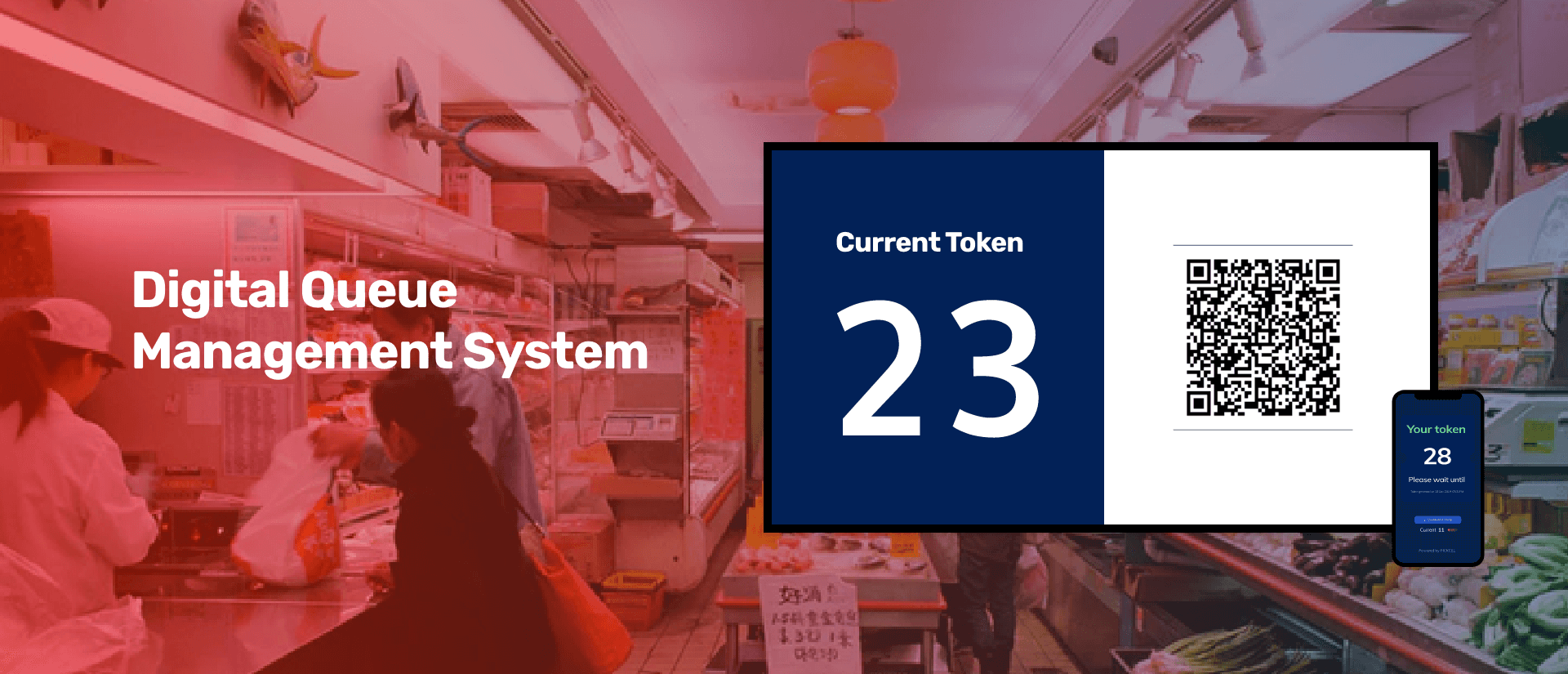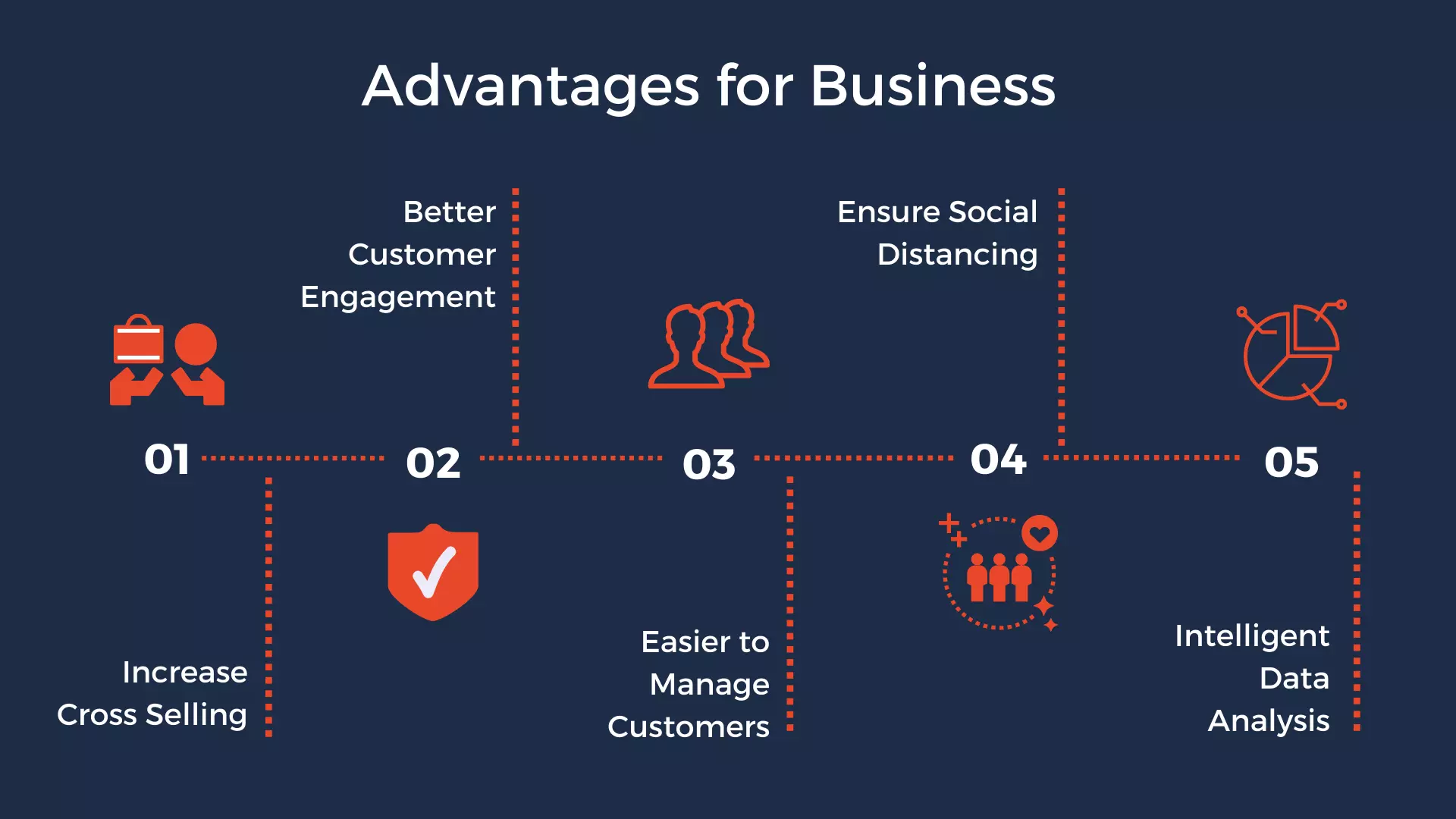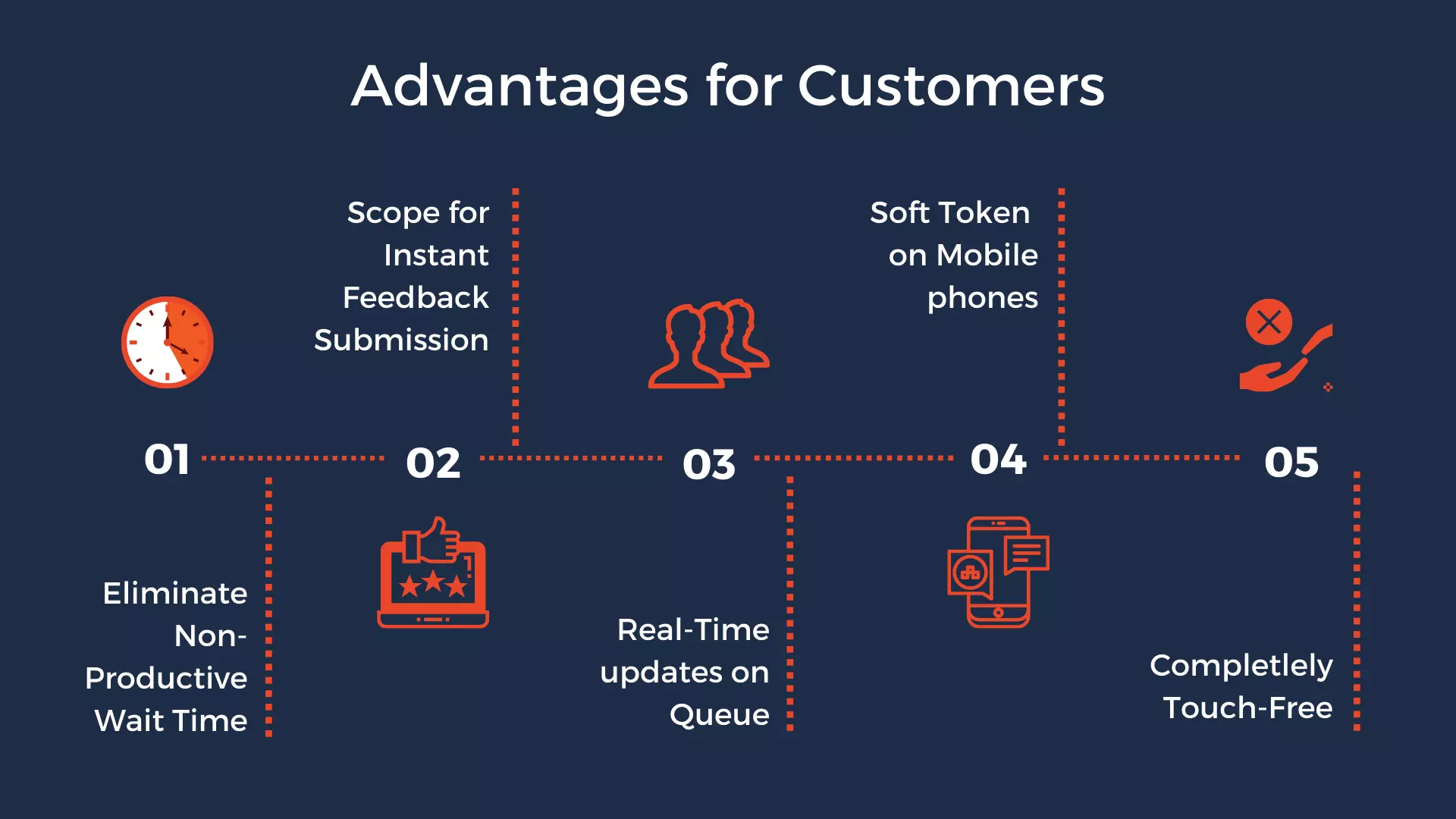
Dec 28 2020
4 min read


Oct
A certain customer waits in a long queue at one of the billing counters near ‘Exit A’ of a supermarket. All the counters near ‘Exit A’ have similar drawn-out queuing lines. The customer has only three items to bill.
The customer is restless. She has to pick up her son from school.
On the further end, near ‘Exit 2’, a new billing counter becomes operational, only for shoppers with less than ten items. The sales clerk makes the announcements about it, but the customer fails to hear him over the loud music playing in her ear pods.
Angry and frustrated with the service, she dumps her items and leaves. Later that day, she posts her miserable experience on social media, rates and reviews the supermarket poorly, and even recommends against it to some of her peers.
This is a typical example of miscommunication between brands and their customers. Such miscommunications can cost businesses dearly. Despite sufficient arrangements, the supermarket ultimately incurs a loss of monetary profit as well as reputation.
And, that is why a proper queue management system is so indispensable for businesses.
Businesses often tend to refer to A.K. Erlang’s comprehensive mathematical ‘Queuing Theory’ to design their public visiting spaces, organize and estimate queue lengths and evaluate peak visiting hours- all for smoother and better customer experience (CX).
The history of the queue management system is as old as queuing itself
Earlier, queues were managed through physical barriers and human resources who would guide visitors through the entire process.
Then came the age of electronic queue management system where touch screen kiosks would deliver queue tickets to customers and digital signage would be used to communicate with and guide the visitors.
Now, thanks to the rapid development in technology, a new generation of queue management system― a SaaS-based virtual mobile queue management solution is gradually taking over.
The advanced SaaS-based mobile queue management solution combines the benefits of cloud computing, digital signage, and smartphone devices to create a highly flexible, easily manageable, and cost-effective queue management system that is lucrative for both businesses and customers alike. Customers can simply scan QR codes from the digital kiosk and generate virtual queue tickets on their smartphones. At the same time, digital signage screens deployed across the premise can display the queue status and token numbers in real-time.

Increased cross-selling of products
Don’t we often end up buying books, gadgets, handbags, perfumes, and other non-essential products while waiting at an airport lounge? This consumer psychology is termed ‘impulse buying’.
According to Invesp, the average customer makes at least 3 impulse purchases from 4 out of every 10 stores they visit.
While physical queuing or paper tokens anchor customers to the service zone, with mobile queue management solution, customers can simply roam free during their wait time.
While they wait, customers can browse through the ancillary products and services offered by the stores. The digital signage screens presenting the real-time virtual queue status can also simultaneously promote products and display offers to attract customer attention. This increases the company’s sales and branding prospects.
On the other hand, a mobile queue management system keeps the customers and clients engaged, thus, steering them away from the frustration and discontent that comes with physically standing in a queue.
More secure & centralized controls through cloud-based admin panel
The greatest benefit of using cloud-based virtual queue management solutions lies in the fact that it has no rigid physical existence. Anyone with a designated set of access keys can easily log-in to a portal and control, monitor, and manage the visitor traffic.
It provides huge flexibility to the management in terms of space, time, and authority. It also eliminates the risk of misplacing data stored in hardware like DVDs, pen-drives, etc., thereby offering much better security. The unlimited storage capacity of cloud-based queue management system software gives an upper hand to the traditional queue management systems.
Pickcel’s queue management system software can be designed to allow its users to manage multiple queues simultaneously from a single dashboard.
Multiple queue management is a common necessity in industries like banking, retail, healthcare, etc.
Intelligent analytics
In 2013, in a report named ‘Customers 2020’, Walker Information predicted that by 2020, customer experience (cx) will overtake the ‘product price’ factor as the major differentiator between competing brands.
Therefore, businesses need to monitor customer traffic through smart analytics to figure out patterns and trends like-
These data help businesses to perceive and predict average wait time for their services and allocate staff accordingly. It also allows them to understand the customer psychology and reaction to their services. The result is an overall increase in customer satisfaction.
Pickcel's advanced queue management system provides comprehensive analytic reports on a daily, weekly, and monthly basis. Click to see the full list of software features
Customer engagement through digital signage
Many psychologists believe that customers’ boredom and frustration while waiting in a line are often driven by perception. It has been found that customers who are made aware of an estimated wait time tend to have more patience than those who are kept in the dark.
According to an article published by The Washington Post, Disney uses a smart strategy of showing an over-estimated wait time to its visitors at the entry gates. But, when finally the wait is over much sooner, the visitors are left with a sense of joy and satisfaction instead of boredom and frustration. The overall takeaway from this is: customers should be engaged all the time!
Besides displaying queue tickets, a digital queue management system software can simultaneously play other contents on digital signage screens to keep the visitors engaged. Such contents may range from advertisements, educational guides, social media posts, news, sports, live activities inside the building premises, to a host of other audio-visuals.
Learn how to create engaging content for your digital signage with Pickcel's integrated Canva tool.
A good digital queue management system software will extend features like content scheduling, variable composition layouts, integration with social media, etc. It makes the task of visitor engagement through digital signage much easier.

Eliminates non-productive wait time
In today’s world, time is money. Naturally, businesses deploying mobile queue management systems will fare much better in the race to please customers and win customer loyalty.
In the absence of any compulsion of being physically present, the customers can invest their valuable time and energy to make other purchases or deal with other businesses or simply sit in a café reading a book.
With real-time updates and notifications on their smartphones, customers can finish their ancillary business and return to the queue before their turn arrives.
Completely contact-less
People are often heard to complain about touching public surfaces. As a result of this, we have seen a growing number of public washrooms replacing conventional taps with touch-free sensor ones.
The numbers of such changes are sure to grow now that the coronavirus pandemic has created ripples of health concerns across the world.
Many businesses are also gradually shifting towards contact-less modes of activities through sensor-based or facial/voice recognition technologies. A mobile queue management system is touchless and hygienic. Additionally, it also champions environment friendliness.
Scope for instant feedback submission
Continuous feedback collection from customers can help businesses to analyze the weak areas of their services.
According to a study, 95% of dissatisfied customers can be retained through grievance redressal.
In a virtual queue management system, digital signage and kiosks can be used for collecting customer feedback. This allows better interaction between customers and the service providers and presents greater opportunities for businesses to improve their customer experience.
There are several sectors where queue management becomes a painstaking affair as often not enough staff can be deployed or the staff to visitor ratio becomes highly disproportional.
Sometimes, these queues can be structured while in other cases, unstructured queues may arise suddenly during emergencies or peak hours.
The following are industries where having a proper queue management system is essential:
Take complete control of what you show on your digital signage & how you show it.
Start Free Trial Schedule My Demo
Dec 28 2020
4 min read

Jan 1 2020
8 min read

Jul 29 2022
15 min read

Apr 18 2022
9 min read